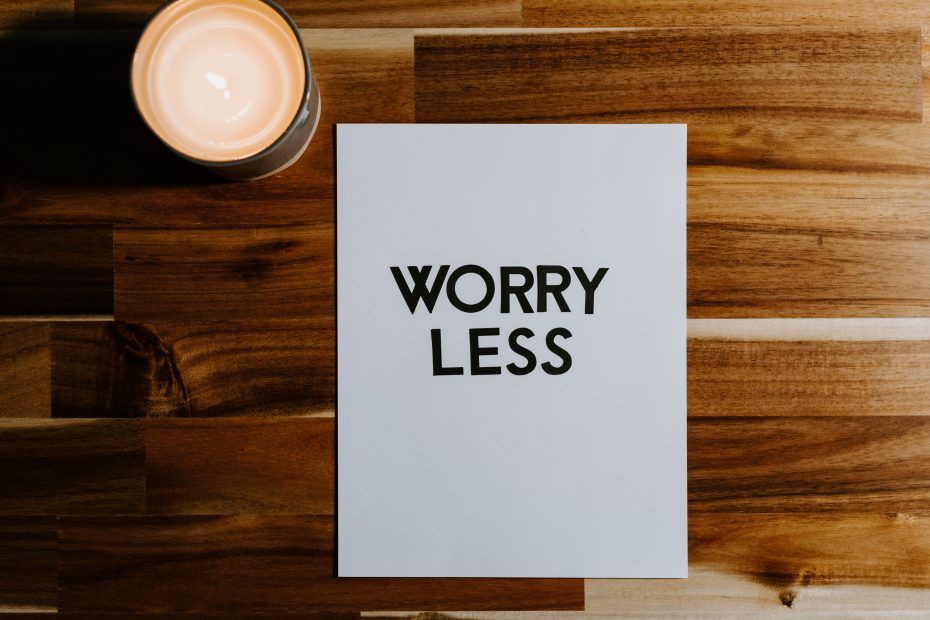Table of Contents
Introduction
Voodoo, also known as Vodun, Vaudou, and Sevi Lwa, is an ancient religion that originated in West Africa. In the small West African nation of Benin, Voodoo remains an integral part of everyday life and culture. From the historic Kingdom of Dahomey to the present day, Voodoo has evolved and adapted over centuries but still retains its mystical aura and distinctive rituals.
Voodoo Beliefs and Practices
Voodoo adherents believe in a supreme creator god along with a pantheon of lesser deities known as Vodun. Each Vodun deity represents a natural element or force and controls specific domains of life. During trance-induced rituals, devotees will become possessed by their patron Vodun and channel its energy.
Ancestor veneration is another core component of Voodoo. Practitioners believe their deceased ancestors maintain an active spiritual presence and can intercede in their lives. Adherents consult the spirits of ancestors for guidance through divination rituals and leave offerings at shrines and altars to honor them.
Initiation is an important rite of passage for serious Voodoo devotees. The week-long ceremony inducts them into the inner mysteries and traditions of a particular temple. Strict observance of ritual practices and taboos afterward is required to maintain the protection of the Vodun spirits.
Healing through the intervention of deities and ancestors is a major draw for those seeking the help of Voodoo priests and priestesses. Elaborate ceremonies marked by drumming, animal sacrifices, prayers, and trance possession aim to cure illnesses or reverse bad luck.
Famous Voodoo Shrines and Temples
The city of Ouidah hosts the famous Python Temple, where live pythons are worshipped as representations of the deity Dan. Every seven years the pythons are ceremonially fed, washed, and cared for during the annual Voodoo festival.
On Lake Nokoue lies the mystical village of Ganvie, home to the Voodoo shrine of Mami Wata. Devotees come to offer sacrifices and ask for Mami Wata’s blessing before heading out on fishing expeditions across the lake.
Near Abomey, the Dassa Zoo doubles as a renowned Voodoo shrine tended by the local community. Many come to pray before its carved statues and leave offerings to gain the favor of protective deities.
Voodoo Festivals
Each January, the port city of Ouidah hosts Benin’s largest Voodoo festival. The Grand Zangbeto festival sees nighttime processions of grass skirt-clad devotees honoring the deity Zangbeto with singing, dancing, and snake handling.
Held in the village of Za-Kpota, the Voodoo doll festival occurs every June. Locals construct thousands of dolls which are then paraded through the streets or buried near temples believed to spread their blessings.
Contemporary Voodoo
Today over half of Benin’s population practices Voodoo, though it has become integrated with elements of Christianity. Christian iconography now sits alongside Voodoo shrines in many temples as saints have come to be identified with traditional deities.
In recent decades Voodoo has become a draw for tourists fascinated by its exotic mysticism. While bringing global attention to Benin’s unique heritage, the commercialization of Voodoo for tourism revenue remains controversial.
Government and community efforts currently aim to preserve Benin’s Voodoo traditions through cultural education programs, heritage site conservation, and artisan support initiatives to maintain this creative spiritual practice.
Conclusion
As one of the few places where Voodoo remains a major organized religion, Benin provides deep insights into this oft-misunderstood faith. Voodoo plays a significant role in the worldview, identity, and artistic expression of the Beninese people. Its ancient rituals and belief in animist spirits ingrained in nature continue to captivate locals and foreigners alike. Far from just pop culture caricatures involving spells and dolls, Voodoo is a profound living culture that connects devotees to their heritage.
FAQs
FAQ 1: What are some key features of Voodoo temples and shrines in Benin?
Voodoo temples and shrines often feature distinct architectural styles such as clay conical towers and wall murals. They contain carved statues and ritual altars decorated with offerings like flowers, palm oil, seeds, and sacrificial animal remains. Some house sacred objects like metalSymbols or stuffed animal relics.
FAQ 2: How do Beninese Voodoo priests make a living?
Voodoo priests (houngans) and priestesses (mambos) earn a living through performing divination, leading ceremonies and rituals, creating charms and talismans, and offering spiritual healing consultations for devotees. They also receive food or monetary offerings for their temple services.
FAQ 3: What role does trance possession play in Voodoo?
Trance possession is an integral part of Voodoo. Drumming, dancing, and chants help devotees become possessed by the Vodun spirits, allowing the deities to communicate and channel energy through their human vehicles. Each Vodun has a unique style of possession.
FAQ 4: Is animal sacrifice still practiced today?
Yes, animal sacrifice remains an important ritual practice in Voodoo. Chickens, goats, sheep and cows are among the animals sacrificed as offerings to the Vodun during major ceremonies and festivals. Their blood is believed to empower and nourish the spirits.
FAQ 5: How is traditional African Voodoo different from Haitian Vodou?
Haitian Vodou branched off from West African Voodoo but has distinct traits like zonbi folklore and the prominence of Ghede spirits. Beninese Voodoo retains more ancestral focus, ritual purity laws, and integration with indigenous African beliefs.
